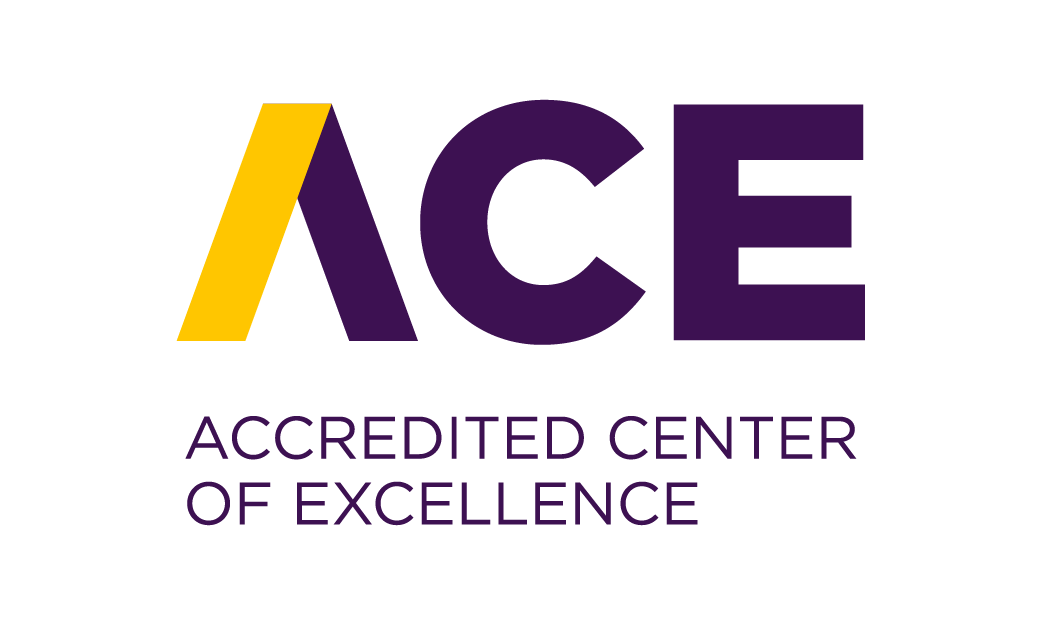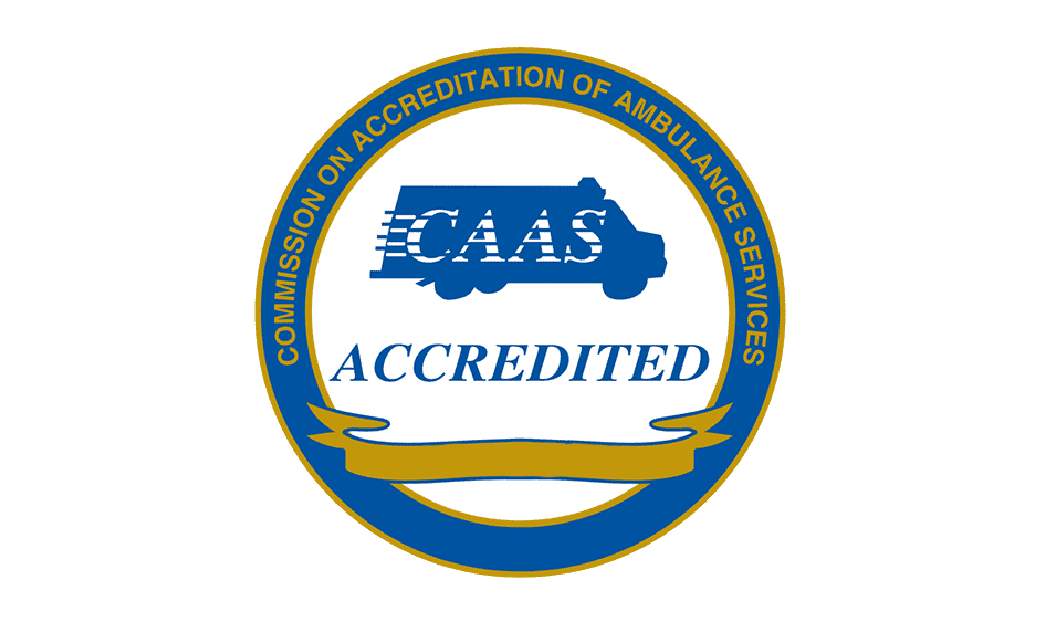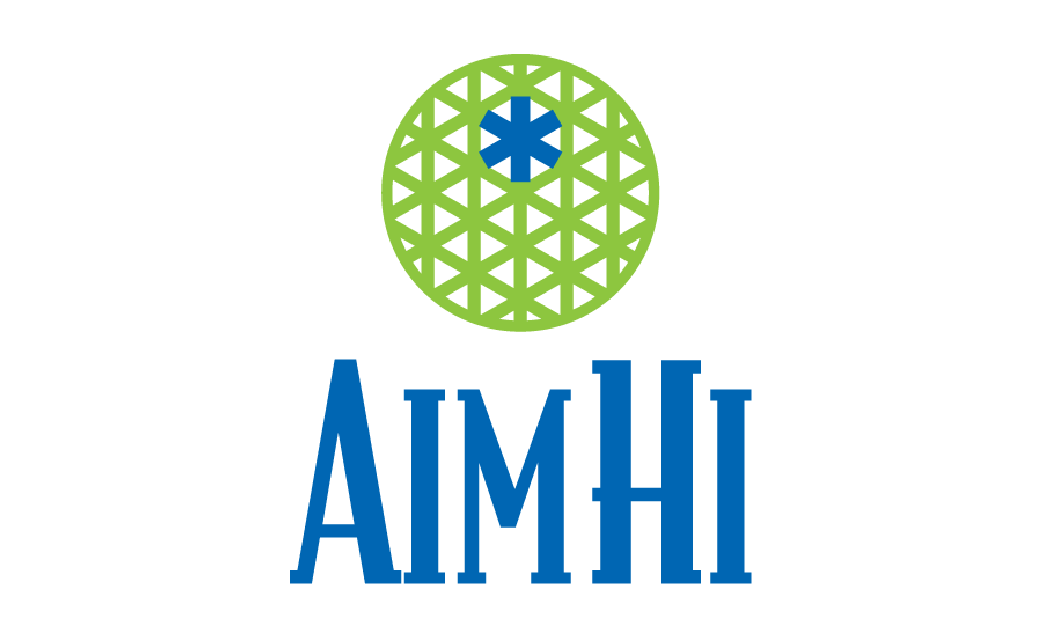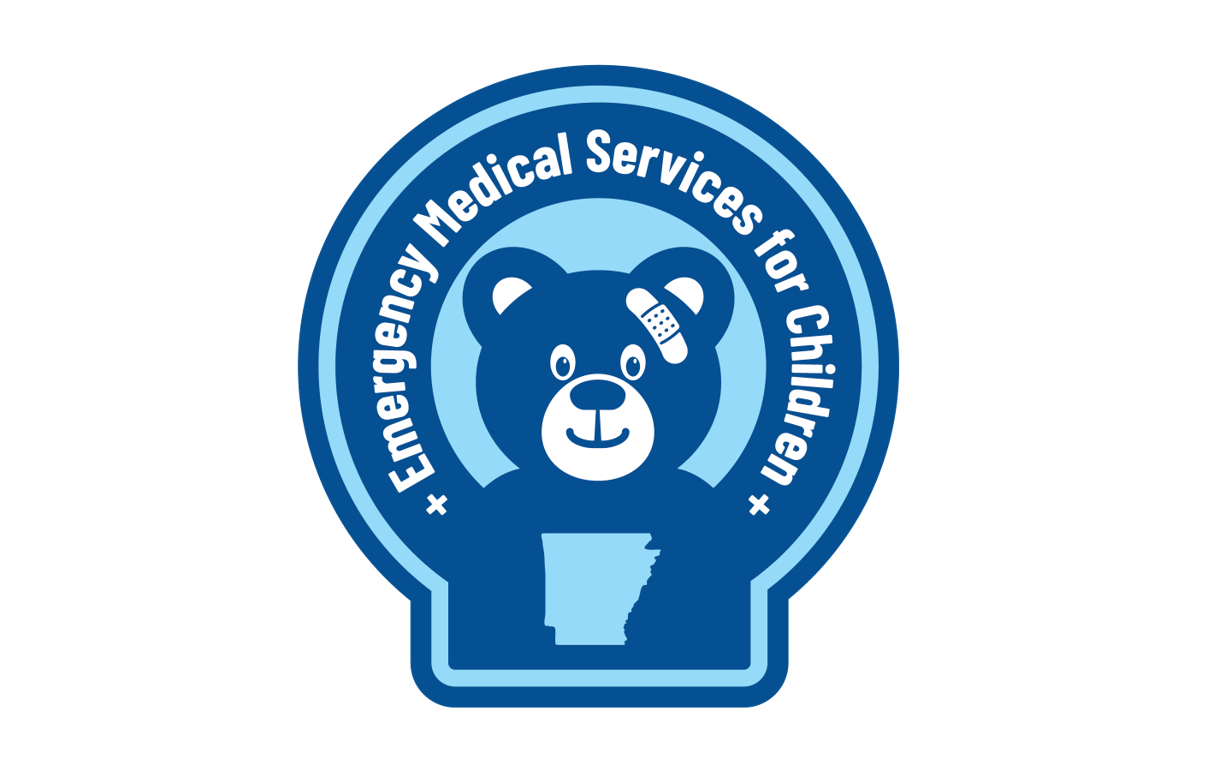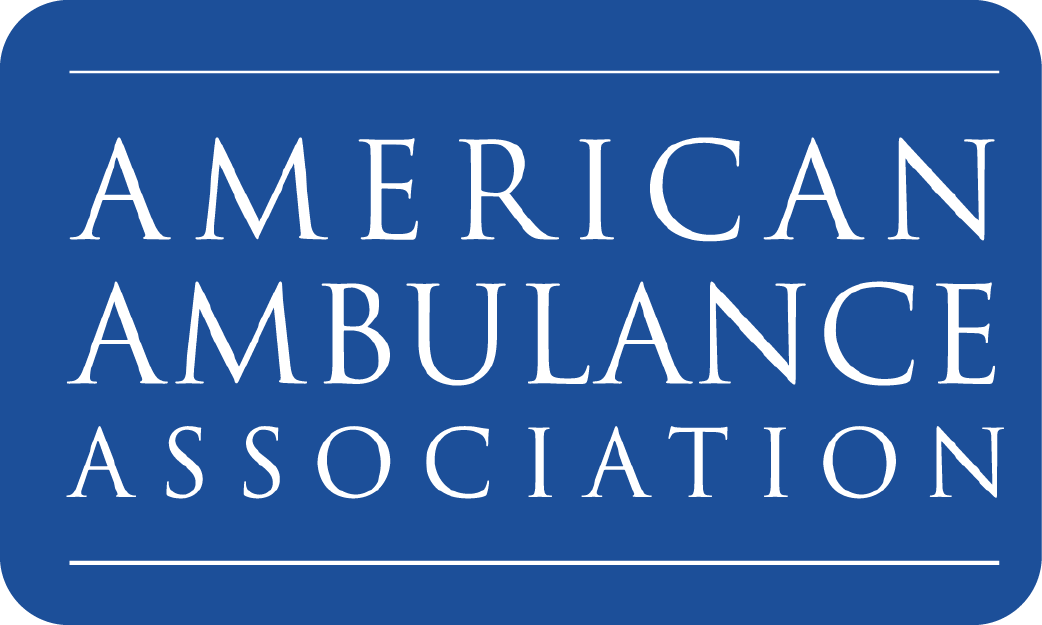Case Studies and Publications
We are proud to present a list of case studies and projects that our team at MEMS has been a part of. For more information on a particular case study, please reference the contact information in the study description.
Metropolitan EMS in Little Rock, Arkansas, began using Pulsara to improve communication around behavioral health cases. Over a span of eight months, MEMS achieved a 44% reduction in pediatric mental health patients transported to the ED—and instead, transporting them directly to behavioral health facilities.
Publication Contact at MEMS:
Mack Hutchison
Download the Case Study ▼
Severely injured patients often depend on prompt prehospital triage for survival. This study aimed to examine the undertriage of preventable or potentially preventable traumatic deaths. A retrospective review of Harris County, TX, revealed 1848 deaths within 24 hours of injury, with 186 being preventable or potentially preventable (P/PP). The analysis evaluated the geospatial relationship between each death and the receiving hospital. Out of the 186 P/PP deaths, these were more commonly male, minority, and penetrating mechanisms when compared with NP deaths. Of the 186 PP/P, 97 patients were transported to hospital care, 35 (36%) were transported to Level III, IV, or non-designated hospitals. Geospatial analysis revealed an association between the location of initial injury and proximity to receiving Level III, IV, and non-designated centers. Geospatial analysis supports proximity to the nearest hospital as one of the primary reasons for under-triage
Publication Contact at MEMS:
Jeff Tabor
Download the Case Study ▼
The Arkansas Trauma System was established by law more than a dozen years ago, and all participating trauma centers are required to maintain red blood cells. Since then, there has been a paradigm shift in resuscitating exsanguinating trauma patients. Damage Control Resuscitation with balanced blood products (or whole blood) and minimal crystalloid is now the standard of care. This project aimed to determine access to balanced blood products in our state’s Trauma System (TS).
Publication Contact at MEMS:
Jeff Tabor
Download the Case Study ▼
In cases of suspected stroke in prehospital patients, emergency medical services (EMS) response focuses on rapid assessment and transport. In Arkansas, stroke patients are identified by a unique barcode wristband for tracking and quality assurance.
Publication Contact at MEMS:
Mack Hutchison
Chaundra Hegwood
Robert Trowbridge
robert.trowbridge@metroems.org

